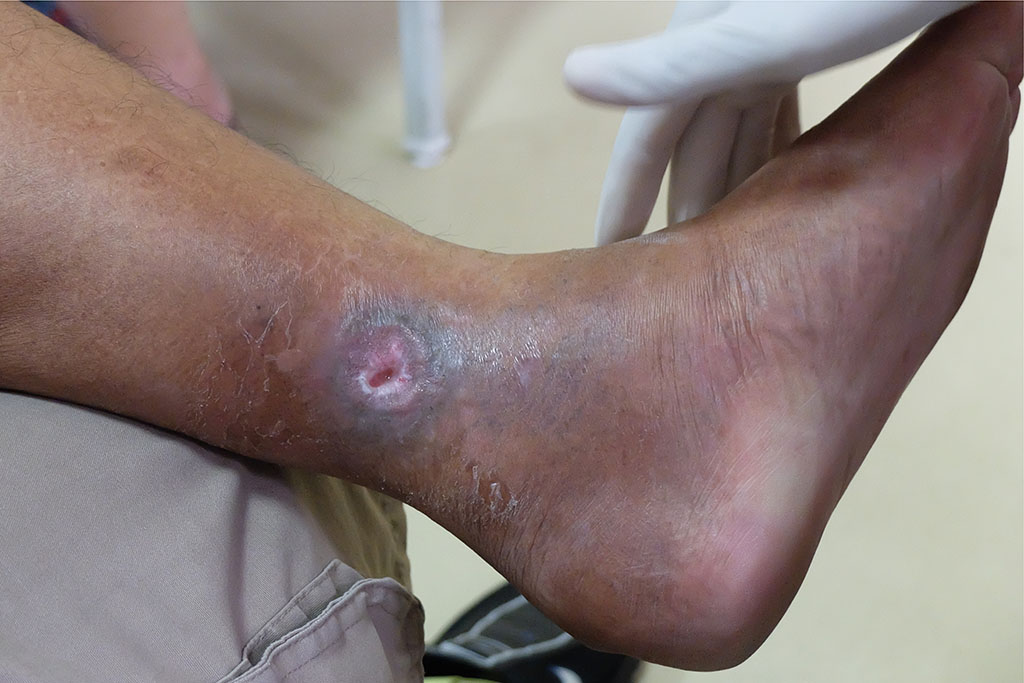
Abstract In order to assess the impact of comorbidities and identify factors that accelerate the healing rate of venous leg ulcers we performed an extensive, retrospective analysis of our experience in a diverse population. From June, 2006 to June, 2014, 897 patients with 1249 venous leg ulcers were treated at Lake Wound Clinics. Treatment protocols utilized the standard regimen of wound cleaning, debridement and compression bandaging. Wound cleaning, autolytic debridement, packing and dressing of venous leg ulcers utilized aqueous solutions of hypochlorous acid (HCA) rather than the standard normal saline. This protocol caused all ulcers to close completely. Comorbidities that delayed healing included uncontrolled or poorly controlled diabetes mellitus, advanced peripheral artery occlusive disease (PAD), active smoking, use of steroid medications and/or street drugs, large initial ulcer size and significant depth. Other factors, including advanced age, recurrent venous ulceration, stasis dermatitis, lipodermatosclerosis, morbid obesity and infection with one or more multidrug resistant organisms did not delay closure. From this experience we conclude that venous leg ulcer care protocols that clean, debride, pack and dress with hypochlorous acid solutions can reduce the effects of some comorbidities while accelerating healing times. Additional benefits are described. 2016 The Author. Published by Elsevier Inc. This is an open access article under the CC BY-NC-ND license

